Here are 5 best oils to fry fish.Crispy, tasty, delicious fish! There’s a reason that deep-fried fish and chips is the UK’s national dish. If you love fried fish, but when you make it at home it doesn’t taste as good as you want, it might be because you’re using the wrong oil. Different oils are optimized for different types of cooking.
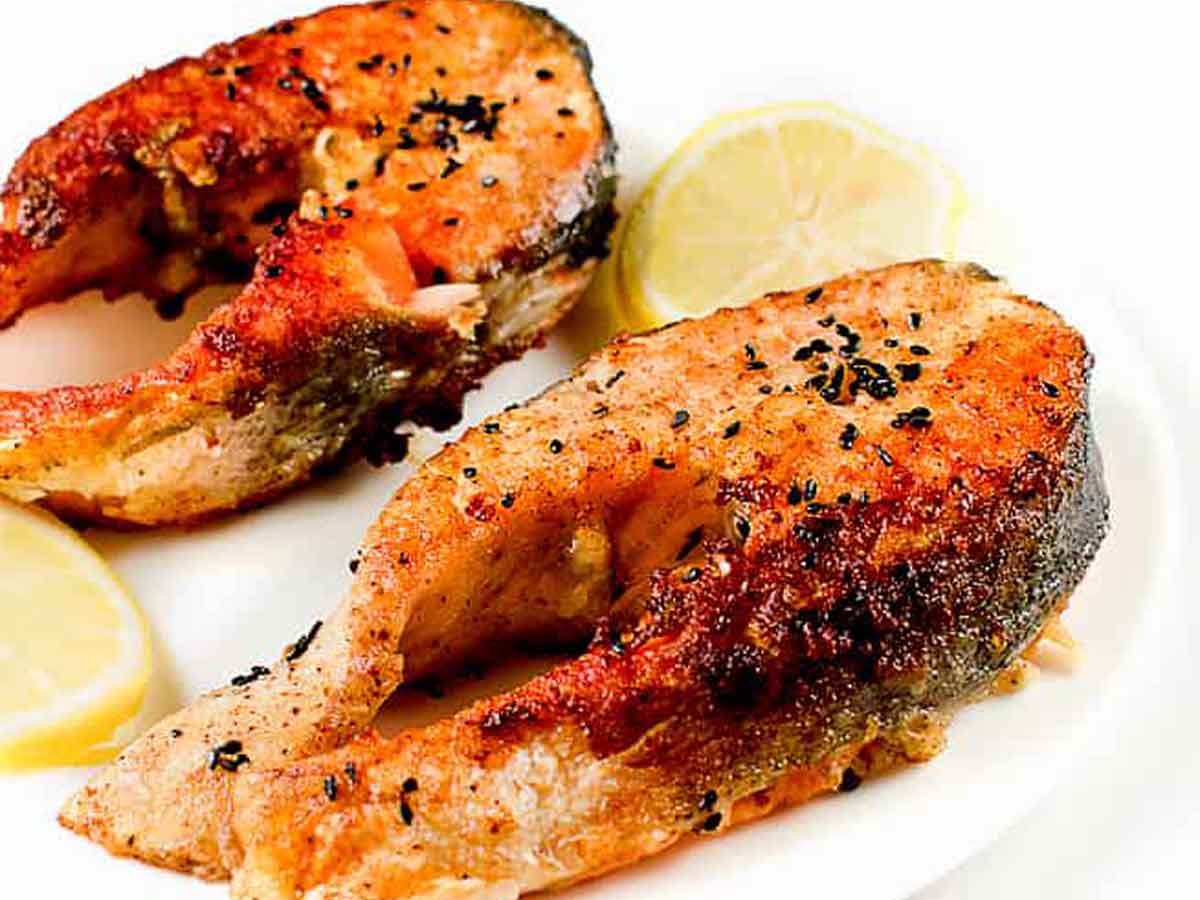
For frying fish, you want an oil with a high smoke point and a flavor that will pair with the natural flavor of your fish. Something without a strong, overpowering flavor is best. Canola oil, nut oils, and vegetable oil will all do the trick.
How to Choose Oil for Deep Frying Fish
We’ve made a list of the five best oils for frying fish based on a few criteria:
- Smoke Point - This is the most important property! Frying fish usually takes place at 350 to 375°F, so you want an oil with as high a smoke point as possible, preferably above this range. If your chosen oil has a smoke point lower than this range, it will break down, making it useless for deep frying. Be sure when deep frying that you’re using the right oil.
- Flavor - Not to be underestimated is the natural flavor of your fish. You don’t want the taste of your oil to overpower the delicious taste of your fish’s flesh. You want deep-fried fish to be tasty, and to be able to tell what type of fish you’re eating. Neutral, or lightly flavored oils, are perfect for deep frying fish.
- Flavor Transfer - Oil will absorb some of the flavor of your fish, and transfer that to the next batch you deep fry. This isn’t a big deal if you’re only making a small amount of fish, but you should avoid mixing flavors for different types of fish.
The 5 Best Oils for Deep Frying Fish
| Name | Best Brand | Smoke point & flavor |
| Canola Oil | Happy Belly Canola Oil | It has a neutral flavor, 400°F |
| Peanut Oil | Happy Belly Peanut Oil | Nutty, 450°F |
| Sunflower Oil | Spectrum Refined Sunflower Oil | It has a neutral flavor , 450°F |
| Safflower Oil | Spectrum High-Oleic Safflower Oil | It has a neutral flavor, 510°F |
| Vegetable Oil | Happy Belly Vegetable Oil | It has a neutral flavor, 400-430°F |
1.Canola Oil
Check the current price on amazon
Canola oil, derived from the rapeseed plant, is one of the very best options for deep frying seafood. It’s light, affordable, and readily available in most stores.
You can liberally use canola oil when deep frying your food as it has a neutral flavor and is inexpensive.
Its neutral flavor profile is perfect for frying fish.
Its smoke point, a towering 400 °F, means it won’t break down as you’re trying to cook your delicious fish dinner.
2. Peanut Oil
Check the current price on amazon
Peanut oil, as the name suggests, is derived from peanuts. It has a slightly nutty flavor thanks to its source, but this is not overpowering. In fact, it’s as close to neutral as you can get while retaining some flavor!
If you like sweet, nutty flavors in your food, you might like peanut oil.
Peanut oil, with a smoke point anywhere from 400 up to 450 °F, is one of the hardiest oils on this list. This makes it perfect for deep frying!
As an added bonus, peanut oil minimizes flavor transfer.
Peanut oil is higher in calories and saturated fats than canola oil, but then again deep-fried fish isn’t exactly a low-calorie meal to begin with.
3.Sunflower Oil
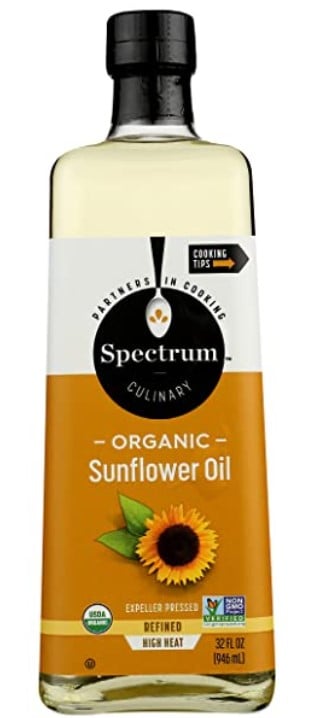
Check the current price on amazon
Refined sunflower oil comes from the seeds of a sunflower.
This oil is neutral in flavor, and won’t have much effect on the taste of your fish.
In fact, sunflower oil is widely considered to be one of the best options for fish and chips. It provides a light, crispy texture to both fish and potatoes. Perfect!
If you’re deep frying your fish, make sure to use a highly refined sunflower oil. The refining process raises the oil’s smoke point from 225°F to anywhere between 440 and 450°F.
This higher temperature is the best for deep frying!
4.Safflower Oil
Check the current price on amazon
Safflower oil, like sunflower oil, is only appropriate for deep frying if it’s been refined. Unrefined or semi-refined safflower oil has a very low smoke point, rendering it useless for deep frying.
However, refined safflower oil’s smoke point is a whopping 510°F! It will deep fry your fish without any hassle, maintaining its structural integrity in even the most aggressive of fryers.
If you have a highly flavorsome fish, like cod or halibut, safflower’s neutral flavor is perfect. It will allow you to taste your fish’s natural flavor instead of the oil.
As an added bonus, safflower oil is naturally quite high in monounsaturated fats. Oils with a high monounsaturated fat content are healthier than those without for high heat cooking.
Vegetable Oil
Check the current price on amazon
You’ve probably had food fried in vegetable oil at restaurants and takeout stores. Because it’s very affordable, with a very neutral flavor, vegetable oil is very popular in the food service industry.
Vegetable oil is cheaper because it tends to be a blend of other oils, including palm oil, soybean oil, and even some from this list like canola and sunflower. Because of this blending, different brands of vegetable oil will have varying smoke points. Be sure to check the smoke point on the bottle before buying.
Vegetable oil is very diverse, and an oil with a sufficiently high smoke point will be ideal for virtually anything you want to deep-fry.
How to Perfectly Fry Fish
You need to choose the right oil, but there are a few other factors to consider in your quest for perfectly fried fish. Here are some helpful tips for a perfect fry, every time.
- Get the right fish. Not all fish are well suited for deep frying. Large, fatty, predatory fish like salmon and tuna, for example, do not react well to the deep-frying process. The best fish to fry will be low in fat and less flavorsome. Most fish and chip shops use halibut, cod, trout, or for a Southern touch, catfish.
- Keep the heat high. Fish should be fried between 360 and 380°F. Anything less will ruin the fish. Your oil needs to be at the appropriate heat to fry the fish. Otherwise, your fish will soak up the warm oil, becoming greasy and heavy.
- Fry in small batches. If you over-crowd your deep fryer, the fish won’t cook properly. It needs enough space for the oil to adequately heat the surface of your fish evenly, and for the heat to penetrate the centre and cook the fish through.
These tips also work for frying shrimp!
Healthy Alternatives
The healthiest way to eat deep-fried fish is not to eat deep-fried fish. Grilling, steaming, and baking are all healthier ways to eat your fish.
However, different oils have different properties, and can offer a relatively healthy solution to those who seek it.
Refined coconut oil, with a faint sweetness, is high in fatty acids. It could provide an alternative to the other oils here.
Avocado oil, with a smoke point of 520°F, is your other relatively healthy option. It is high in monounsaturated fats, and is a high-stability oil under extreme heat. Avocado oil, however, is far from neutrally flavored. It tastes, predictably, of avocado. Not a problem if you love avocado, but it may affect the taste of your fish.

Seafood Recipes
[ess_grid alias="fish recipes"][/ess_grid]


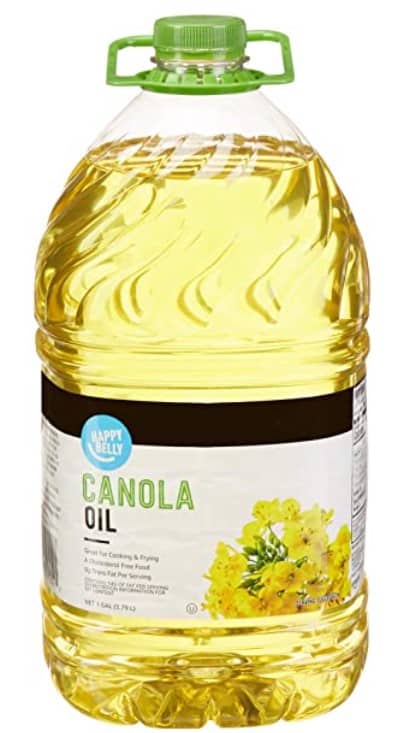
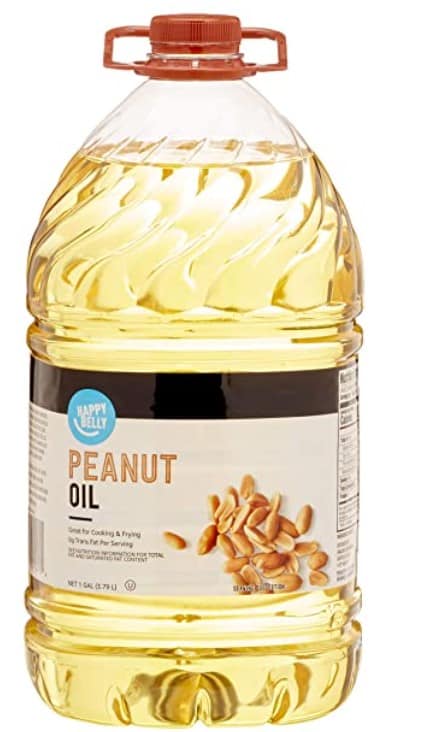
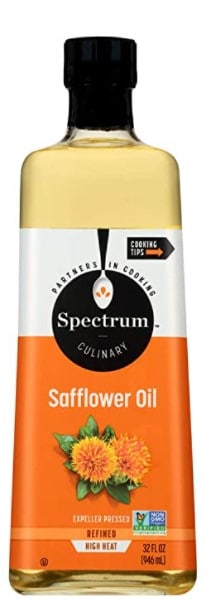
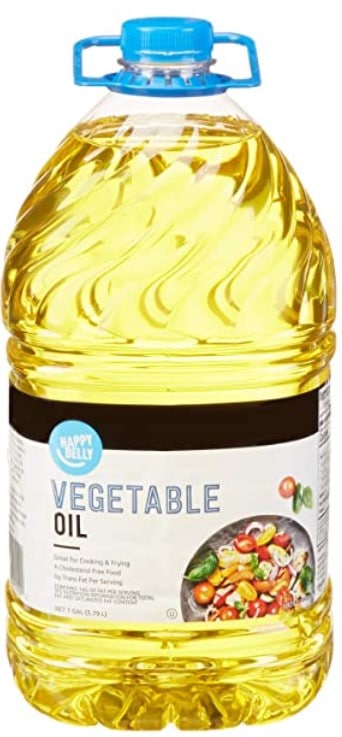
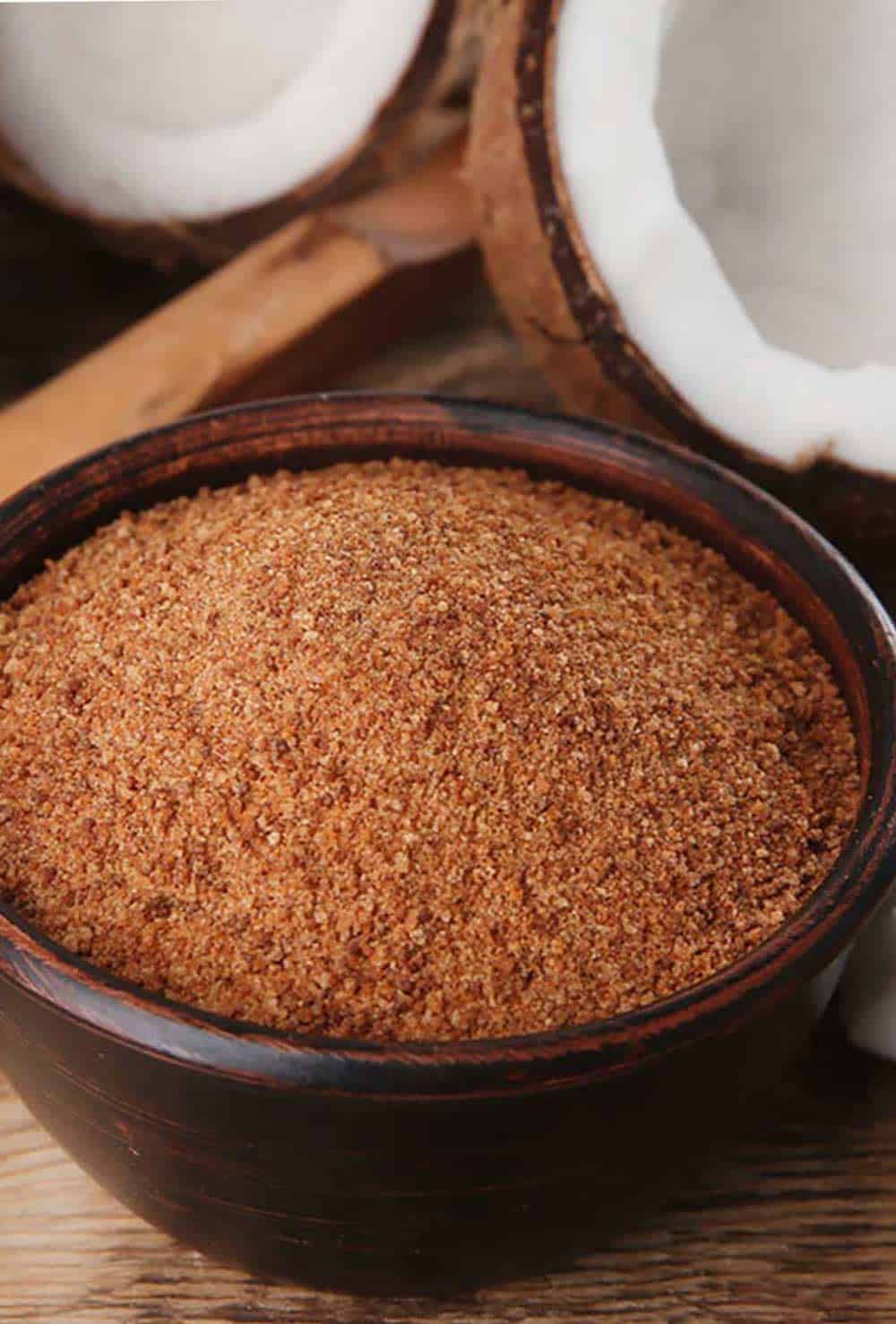
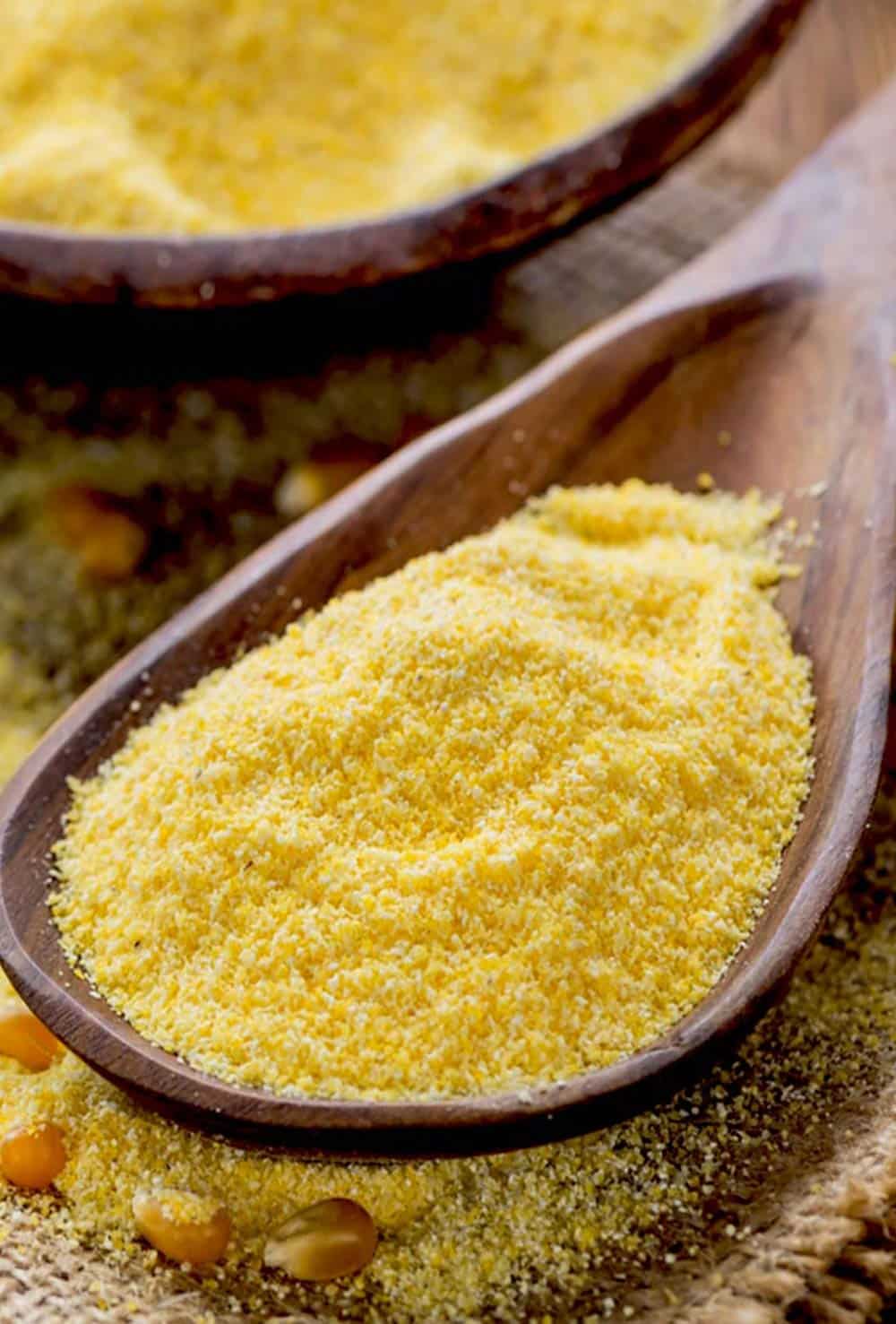

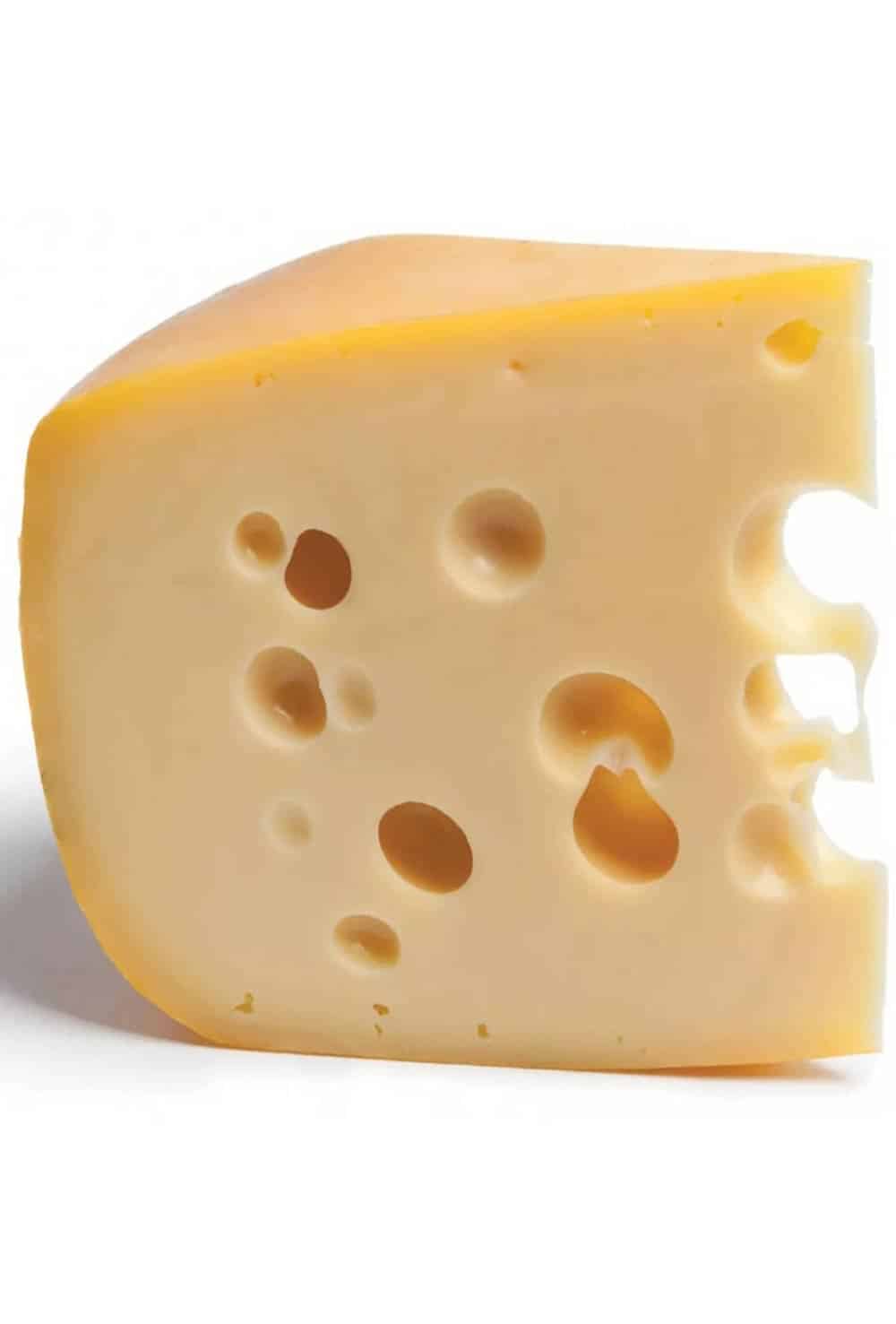
Leave a Reply